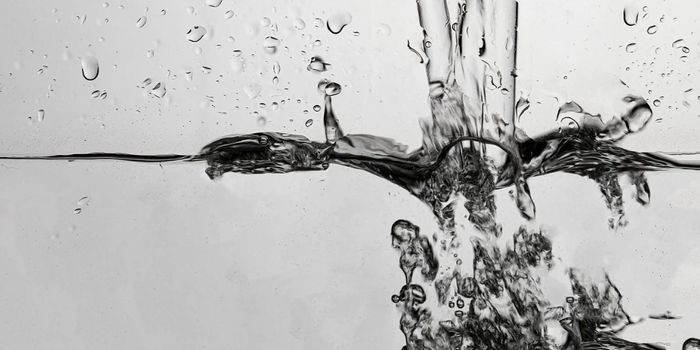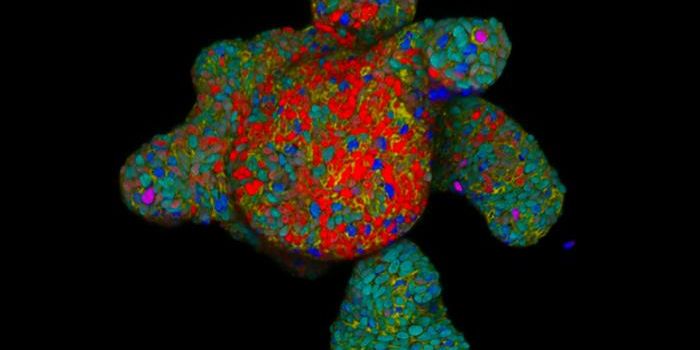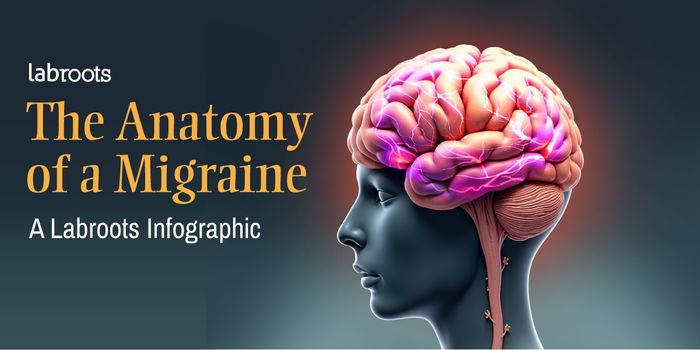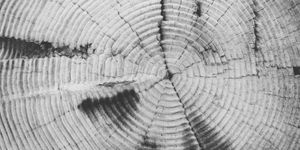Understanding the Link Between DNA Mutations & Repair Dysfunction
Cells have to protect the genome, and there are mechanisms in place to repair DNA damage that does arise. But sometimes those mechanisms fail. New research reported in Nature Communications has provided new insight into how the cell's DNA damage repair systems are stymied by mutations that are seen in Huntington's disease, expanded CAG/CTG repeats that can lead to the formation of alternative structures in DNA.
In this work, the researchers used a common research model - yeast cells. These cells have a lot in common with human cells, and they are also easy to use in the laboratory. The investigators engineered yeast cells that would carry a CAG repeat sequence, noted co-corresponding study author Erica Polleys, a postdoctoral researcher in lab of Catherine Freudenreich at Tufts University.
"We can use simple model organisms to uncover how cells deal with repairing breaks and errors near repetitive sequences and use that knowledge to get an understanding of how human diseases like Huntington's disease or cancers develop," said Polleys.
Repetitive sequences of DNA can lead to the formation of structures that are outside the norm, like a hose that has twisted too far. These structures can impede natural processes, including DNA repair, adding to errors in the genome.
The repeat expansion mutation that leads to Huntington's disease can be fatal to cells if it happens on the strand of the genome that includes CAG repeats. If the expansion occurs on the opposite strand of the genome where a CTG expansion happens, fewer repeats are seen and the consequences are not as severe. These expansions cause fragility in the genome, and could lead to branched twists in DNA.
When the researchers began to eliminate proteins that were involved in the DNA repair process in yeast cells carrying the Huntington's mutation, proteins that untwisted DNA were recruited more rapidly, and repairs became more successful. Another protein was found to stabilize DNA during the repair process. There are also proteins in humans that are similar to these yeast proteins, so the mechanisms may be very similar, although that has to be confirmed. It may be possible to use that information to treat patients with disorders impacting DNA repair, if the proteins work the same way in people.
"Most of the time, repair works the way it should. But we now have a better understanding of how things can go wrong, and we can apply this knowledge to new therapeutic strategies," said co-corresponding author Catherine Freudenreich, professor and chair of the Department of Biology at Tufts.
Sources: Tufts University, Nature Communications









